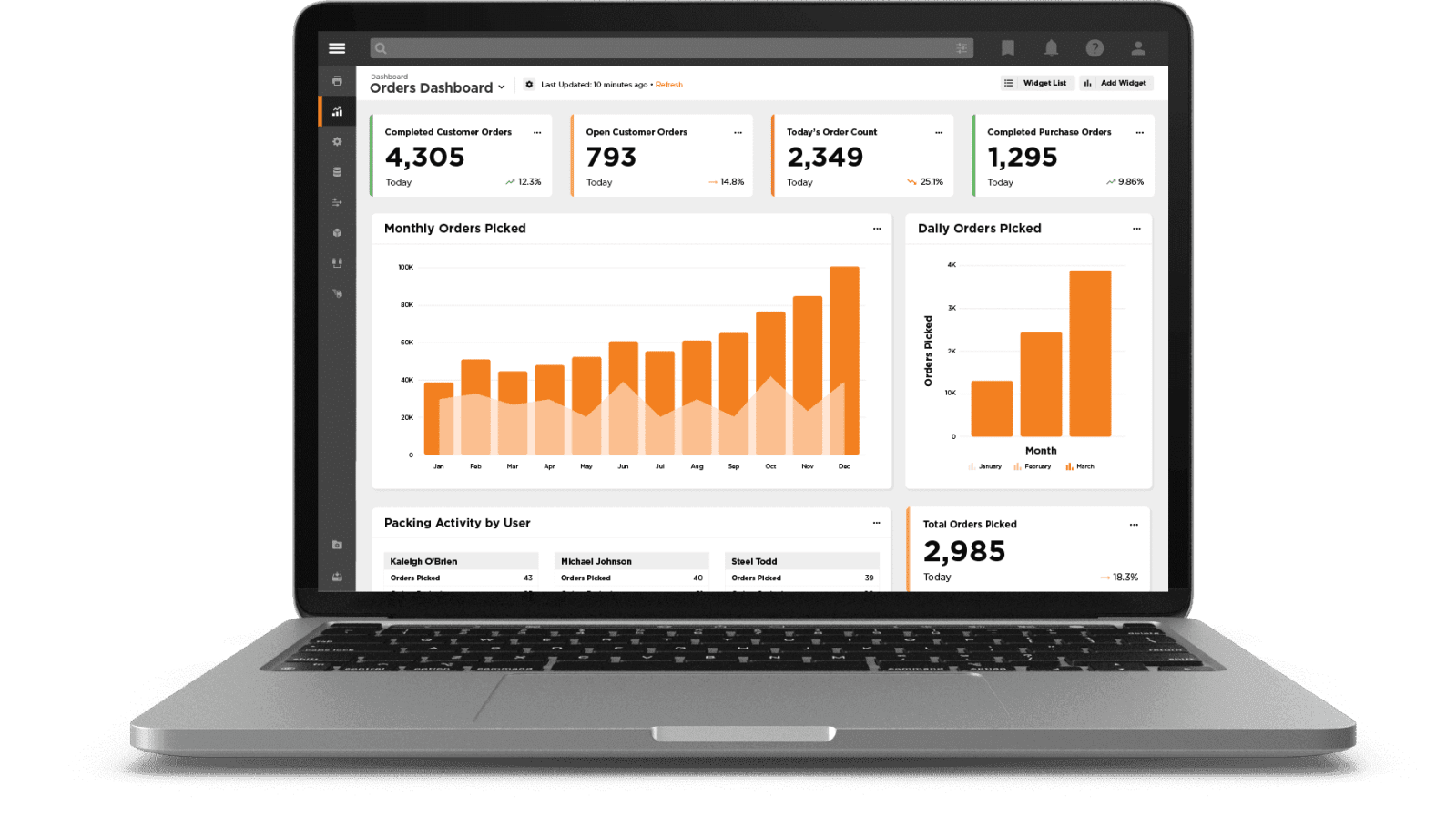SELECTION GUIDE Selection Guide and Best Practices
Choosing the right WMS requires careful evaluation of multiple factors, beyond basic functionality comparisons and vendor presentations.
checklist How to choose the right WMS for your business
Key evaluation criteria should include implementation approach and timeline commitments, ongoing support quality and responsiveness, integration capabilities with existing systems, and long-term scalability that supports growth ambitions. The partner's industry expertise and customer success track record often prove more important than specific feature comparisons.
Businesses should evaluate total cost of ownership, including implementation costs, ongoing subscription fees, training requirements, and integration expenses. Cloud-based solutions typically offer more predictable costs and faster time-to-value than traditional on-premise alternatives.
warning Common Implementation Pitfalls to Avoid
Common implementation pitfalls include inadequate planning and unrealistic expectations, insufficient staff training and change management, and unrealistic timeline expectations that set projects up for failure. Poor data quality and incomplete requirements gathering often lead to expensive delays and suboptimal results.
The most successful implementations emphasize comprehensive change management, thorough testing procedures, and gradual functionality rollout rather than disruptive "big bang" approaches that overwhelm users and increase risk.
done_all Success Factors for WMS Deployment
Success factors for WMS deployment include executive sponsorship and clear communication of benefits, dedicated project management with appropriate resources, and organization-wide communication that builds excitement rather than resistance. Staff involvement in system selection and configuration helps ensure effective adoption and long-term success.
Continuous training and support ensure that teams can leverage advanced capabilities as they become comfortable with core functionality. Regular performance reviews and optimization initiatives help maximize return on investment over time.
